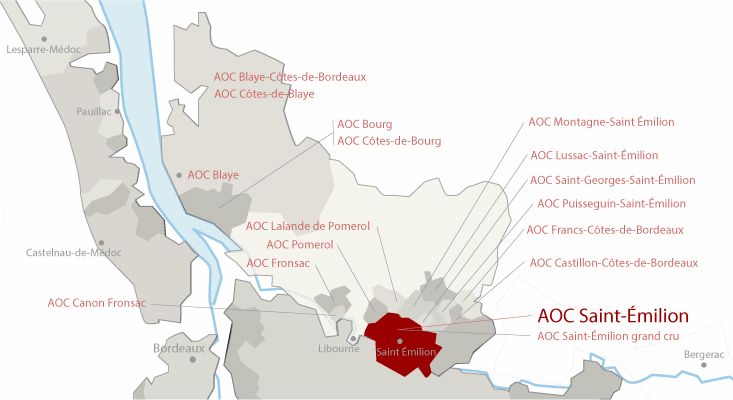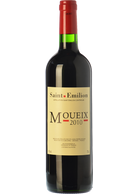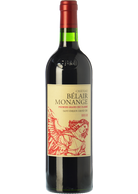Wine from Saint-Émilion AOC
The wines of Saint-Émilion have been appreciated for over 2000 years. Around 56 BC, the Romans produced the first amphorae of wine there; forests were cut down and vineyards planted.
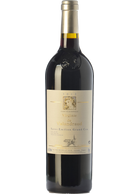
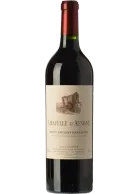

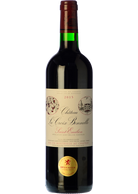
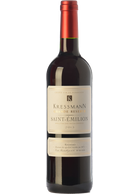
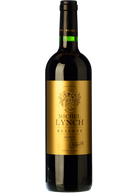
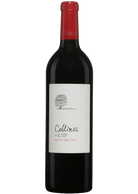
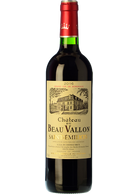

Saint-Émilion AOC
The wines of Saint-Émilion have been appreciated for over 2000 years. Around 56 BC, the Romans produced the first amphorae of wine there; forests were cut down and vineyards planted.
In the 5th century, the fall of the Roman Empire left viticulture and the expansion of its culture in the hands of Christianity and, in the 11th century, the Benedictine monks relaunched viticulture with a vengeance and the village found a new name: Saint-Émilion.
The story goes that a monk from Brittany, on his way to Compostela, decided to stop in a cave near the Dordogne and settle there; when he died in 787, his faithful built the famous monolithic church of Saint-Émilion.
The Middle Ages intensely marked the landscape and structures of Saint-Émilion; the current extreme fragmentation of the vineyard is due to the small size of the medieval farms. Already in the 18th century, the Enlightenment brought important advances in viticulture, such as the discrimination of the best varieties or the introduction of the term cru to refer to the best vineyards and their wines.
In the second half of the 19th century, phylloxera struck Saint-Émilion. The creation of the Saint-Émilion producers' cooperative in 1931 was key to overcoming the crisis. The creation of the AOC and the incorporation of a classification in 1954 reaffirmed the reputation of its vineyards.
In 1999, Saint-Émilion was declared a UNESCO world heritage site in recognition of 2000 years of connection between the terroir and the people. Its untouched, steep medieval streets filled with spaces dedicated to wine culture and the beautiful vineyards that surround the village, form a historic wine landscape that is a must-see for any wine lover.
Today, over 1,000 hectares of calcareous, sandy, clay and gravel soils are used to grow three main grape varieties: Merlot (60%), Cabernet Franc (30%, elegant and aromatic) and Cabernet Sauvignon (10%, tannic and spicy). Over the centuries, the Merlot grape has become the favourite grape of Saint-Émilion, in whose vineyards it reaches perfect maturity. It offers wines of refined elegance but not without character, round on the palate with aromas of blackberries and cherries.
However, the variability of soils and the different varietal cuts offer different wine profiles in the region. A common characteristic among them is power and concentration, as well as aromas reminiscent of strawberries and wild currants, sweet spices, vanilla, leather and smoke.
Generally warm and generous, we can also highlight their elegant velvety tannins that give the wine a sensational delicacy. They tend to age gracefully and the best examples, included in the AOC Saint-Émilion Grand Cru, gain complexity up to 30 years after bottling.

